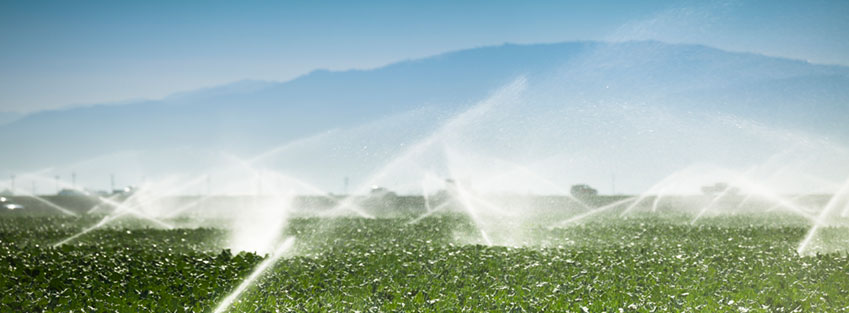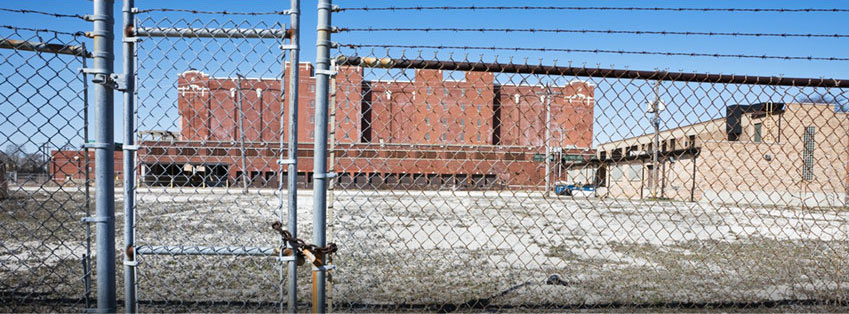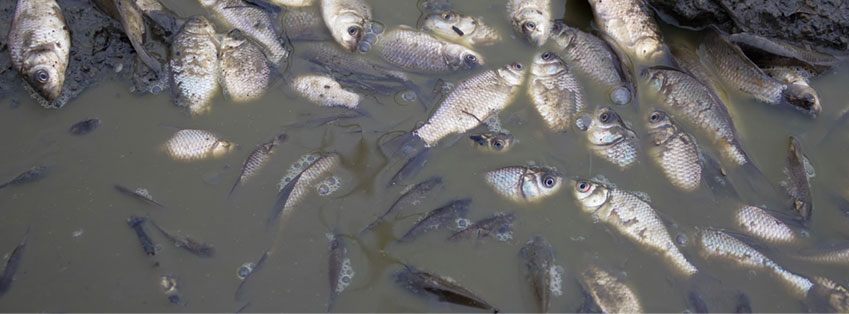
Water insecurity is the highest risk to global society
Water security is one of the most tangible and fastest-growing social, political and economic challenges faced today. In every sector, the demand for water is expected to increase and analysis suggests that the world will face a 40% global shortfall between forecast demand and available supply by 2030.
Source: World Economic Forum Global Risks Report 2014 & 2015
water scarcity
Water is a renewable yet finite resource - there is no substitute. It cannot withstand constant over-extraction and pollution.























